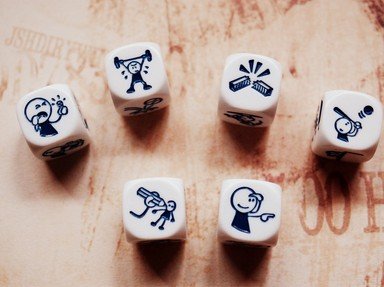Quiz Answer Key and Fun Facts
1. Which French physician, in 1896, was the first to believe that cancer could be treated with radiation therapy?
2. Which great warrior of history built the first bridge over the Rhine River in 55 BC?
3. In 1961, financially struggling British pensioner Kempton Cannon Bunton, irate at a bill he has just paid, stole a famous painting of the Duke of Wellington by Goya. He directed that the ransom he demanded for it should go where?
4. What is a honey spinner?
5. Why does New Zealand have no land snakes?
6. Harry Richman was a popular entertainer of the 1920-30s. Nervous about co-piloting a small plane across the Atlantic in 1936, what did he fill its spare space up in case it crashed in the ocean?
7. William Roy Kerslake (1929-2015) was a champion professional wrestler who represented the USA three times in the Olympic Games. Rather astonishingly though, what was his other full time job?
8. Why has Rembrandt's 1632 painting "Jacob de Gheyn III" been given the nickname "Takeaway Rembrandt"?
9. Which ridiculous new sport first sprang into existence in Finland in the year 2000?
10. Gnurr is comprised of tiny pieces of fibre from clothing that builds up in pocket and navels. In which medical field is it considered a particular hazard?
Source: Author
Creedy
This quiz was reviewed by FunTrivia editor
agony before going online.
Any errors found in FunTrivia content are routinely corrected through our feedback system.


